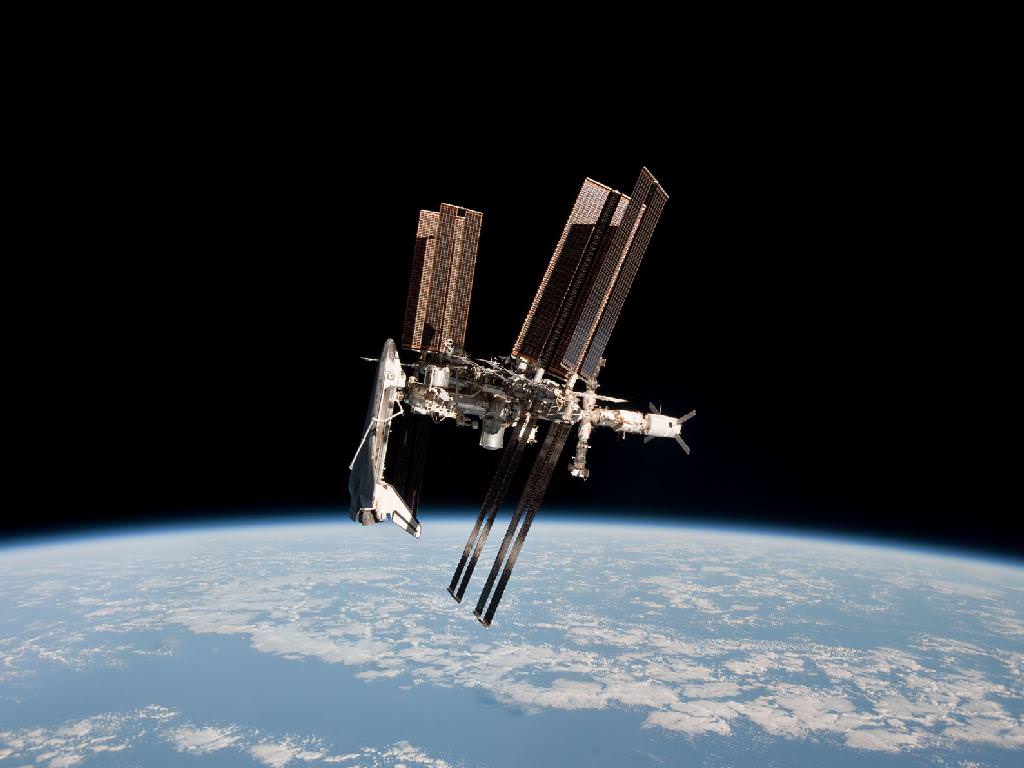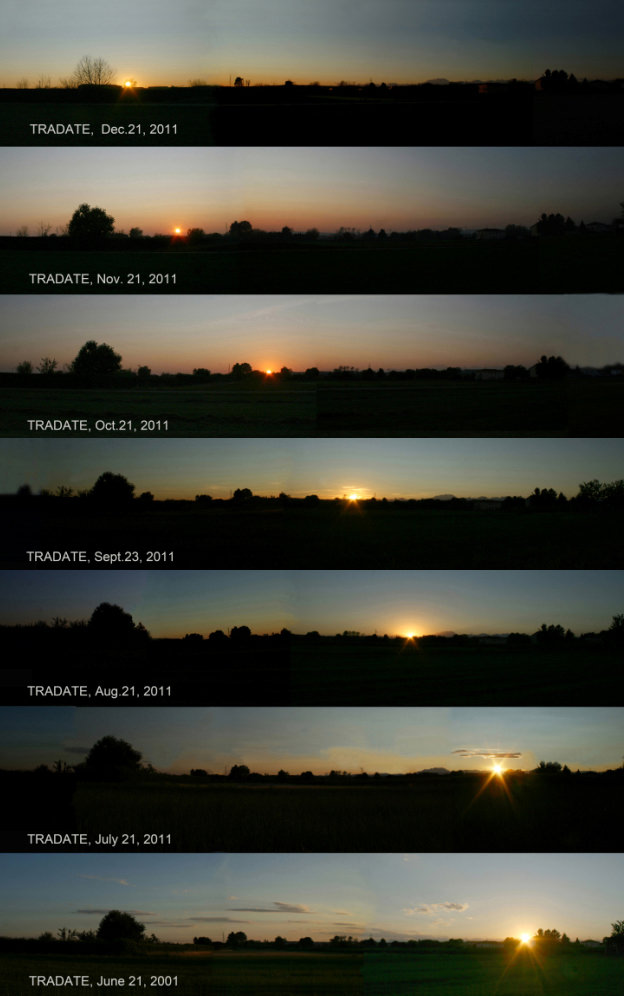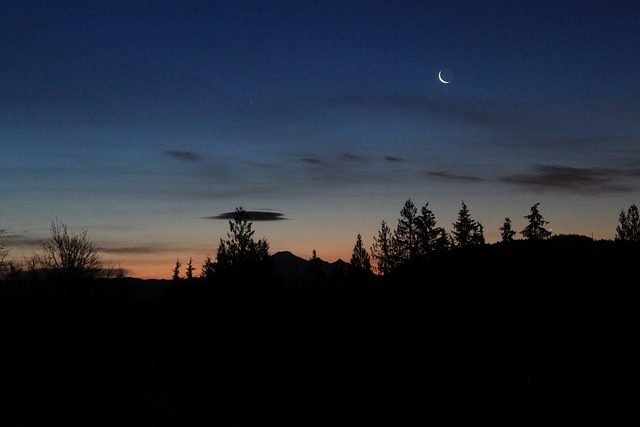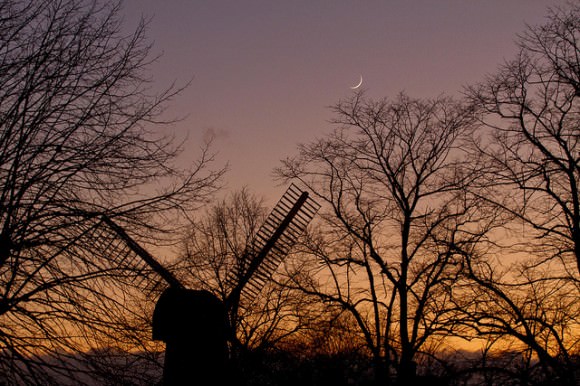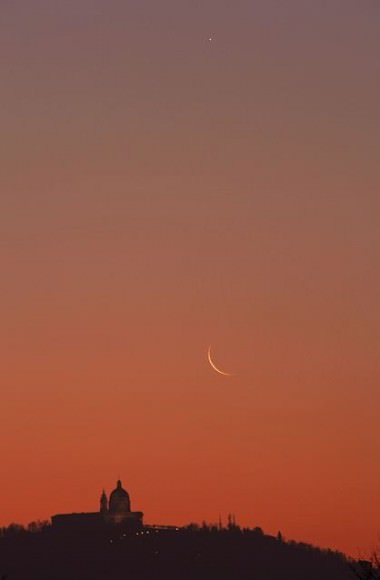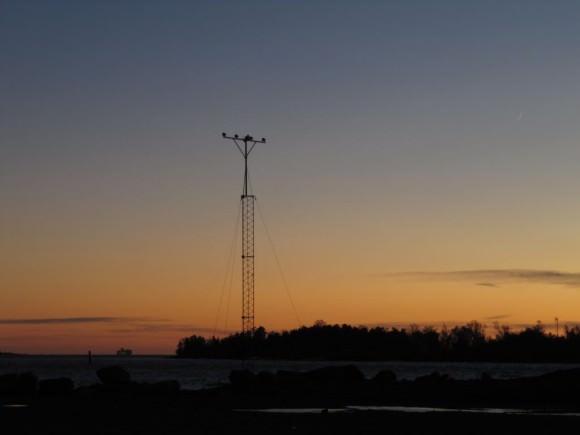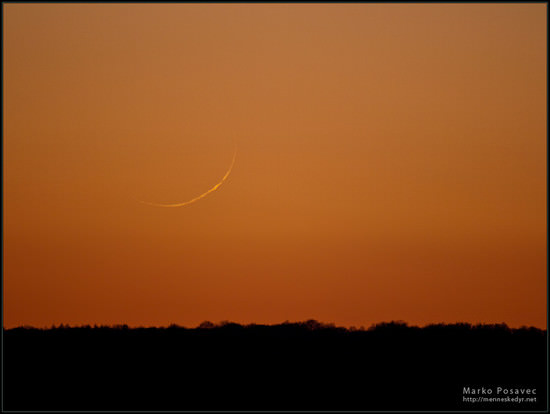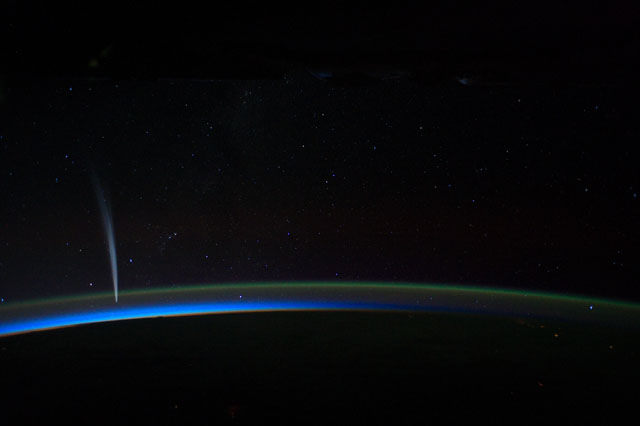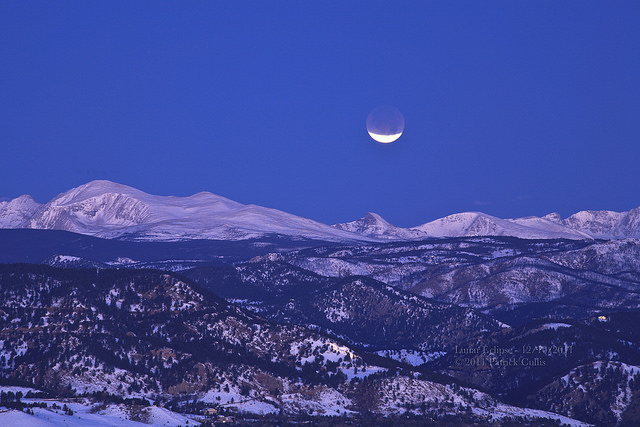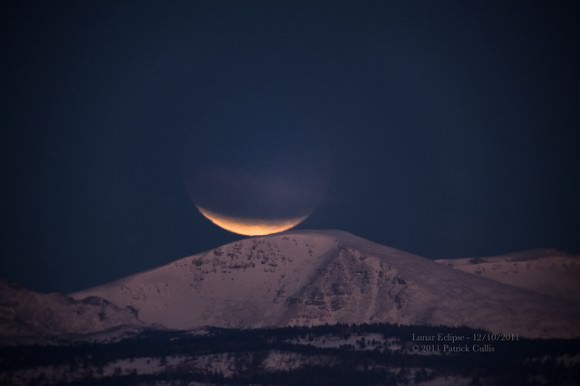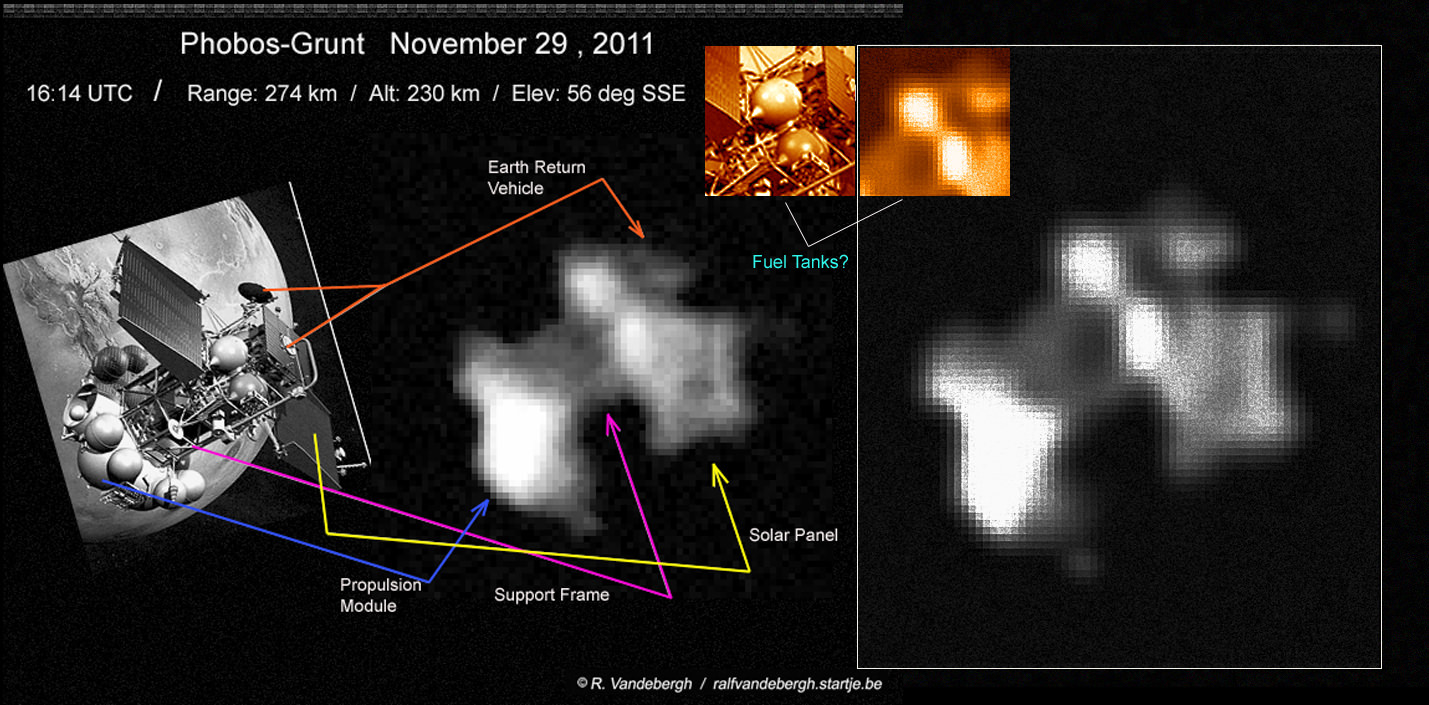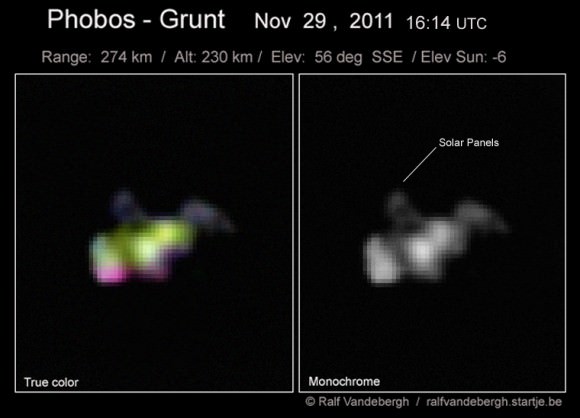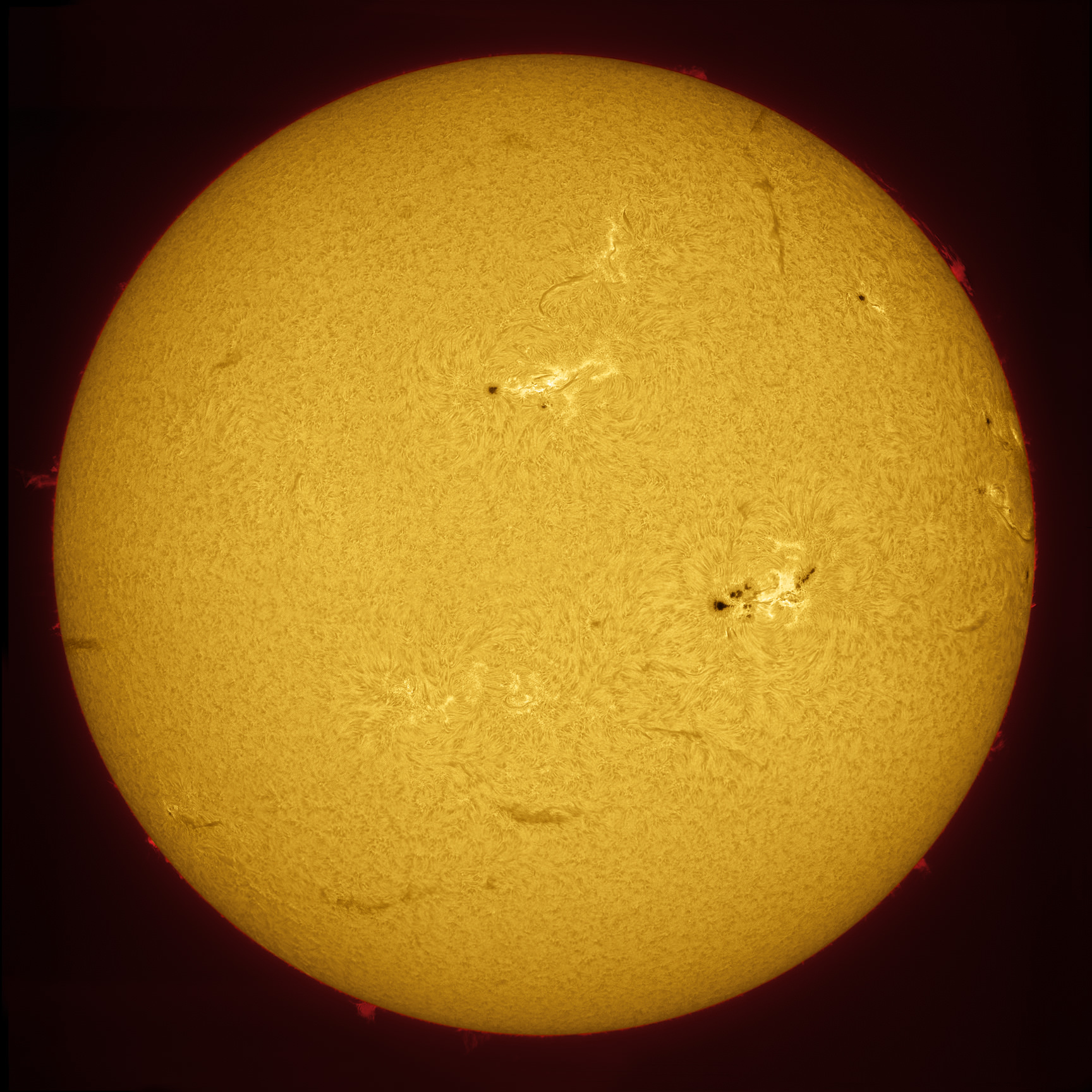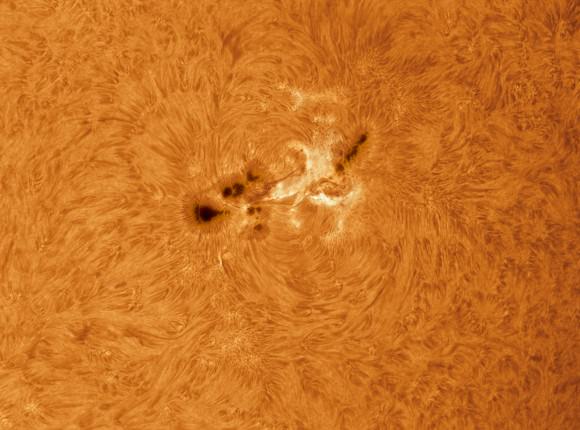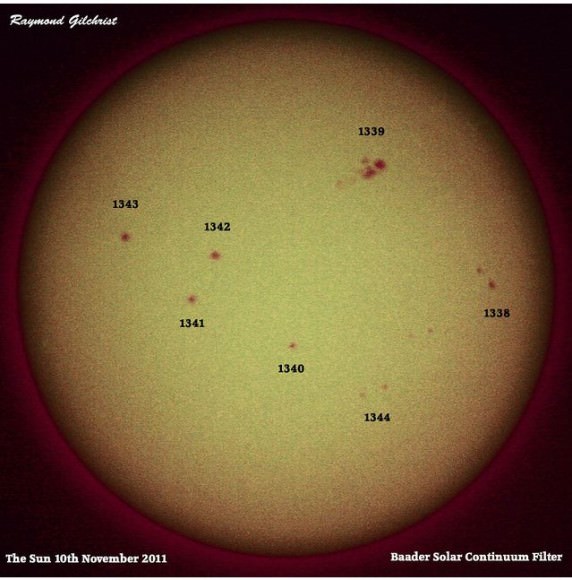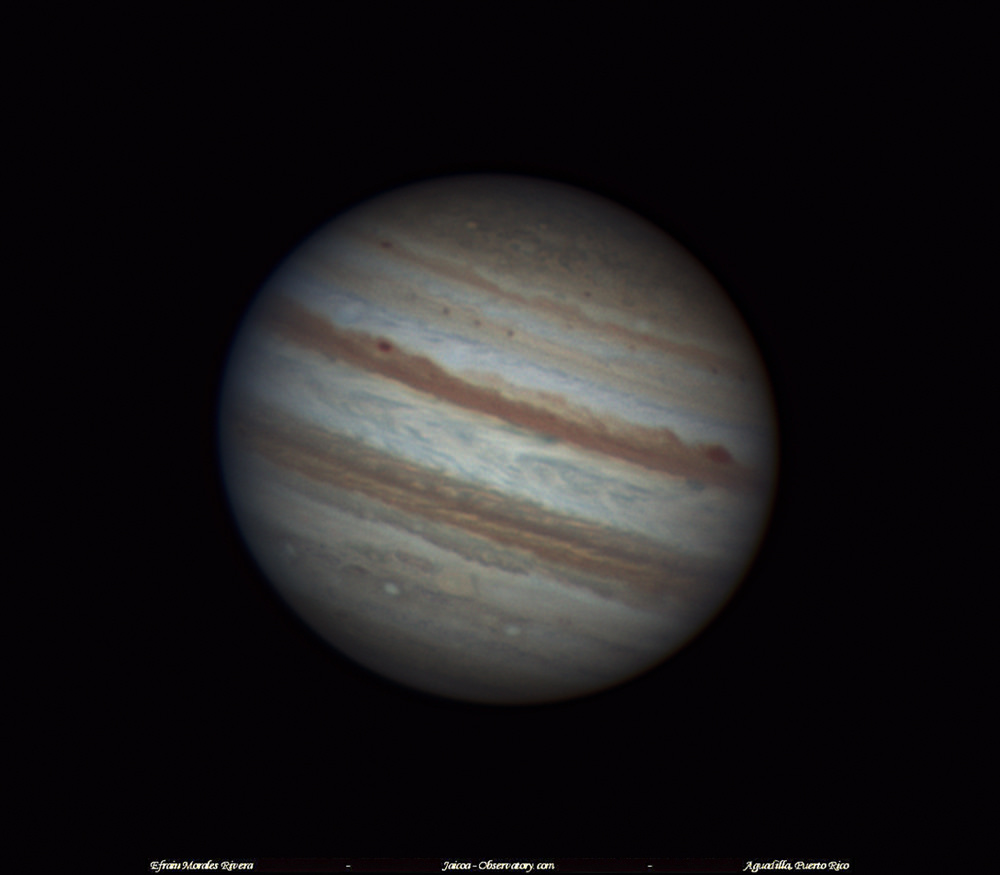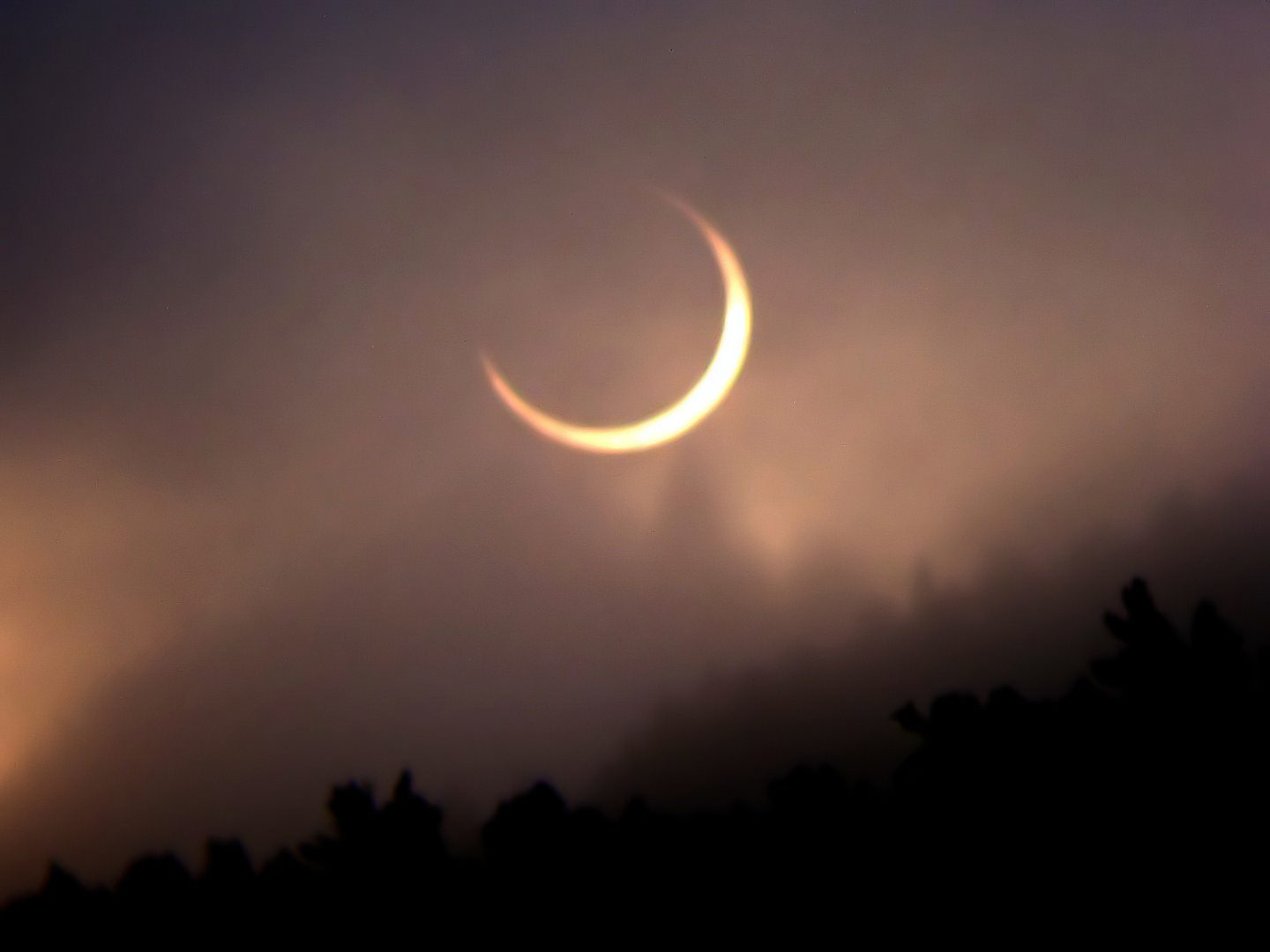[/caption]
2011 was a picturesque year! The year brought us new discoveries, a new supernova, the end of an era in human spaceflight, and much more. Here’s a look back at some of the best images we’ve posted on Universe Today in 2011, listed in no particular order:
Above, is one of the first-ever images of a space shuttle docked to the International Space Station. The images were taken by ESA astronaut Paolo Nespoli on May 23, 2011 through a window inside the Soyuz TMA-20 vehicle as he and two crewmates were departing the ISS for their return trip to Earth. See the entire gallery of images of this event here.
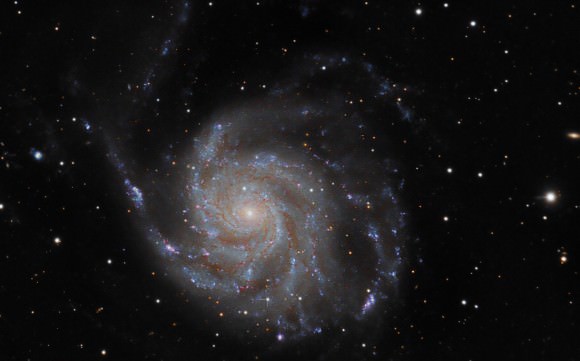
A new supernova showed up in 2011 in the Pinwheel galaxy, and skywatchers around the world tried to capture it. Amateur astronomer Rick Johnson submitted this image for our new “Astrophoto” feature this year on Universe Today. Called the SN PTF11kly, the new Type Ia supernova was spotted by Caltech’s Palomar Transient Factory (PTF) survey in the M101, and is located 21 million light years away. You can see the supernova marked in the southern part of the galaxy.
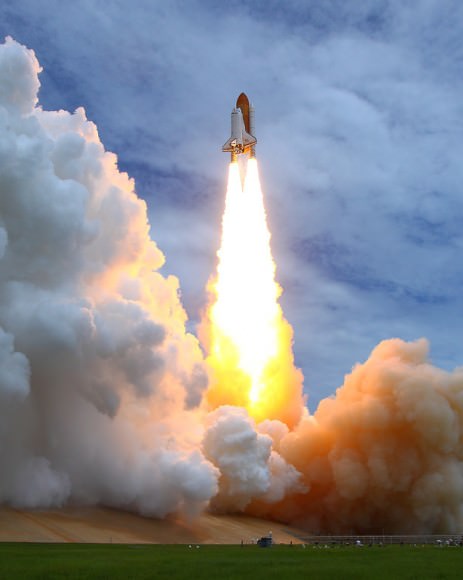
2011 saw the end of an era: the space shuttle program is now history. Universe Today photographer Alan Walters captured this stunning view of the last shuttle launch ever. Read our articles about the final launch and landing of the space shuttle era.
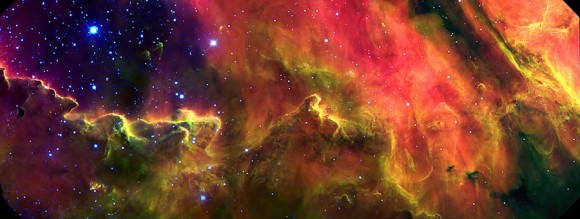
A gorgeous new look at the “Southern Cliff” in the Lagoon Nebula from the Gemini South Observatory.
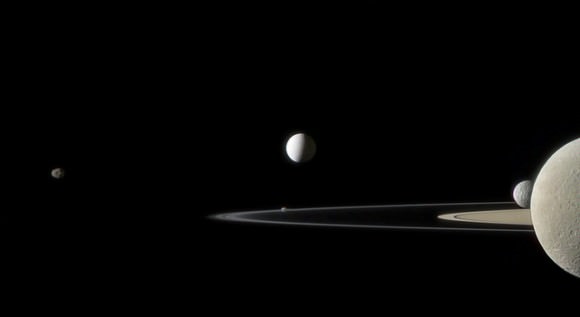
The Cassini spacecraft continues to crank out spectacular images, and this stunning image of a “flash mob” of moons strung along Saturn’s rings is just an example.
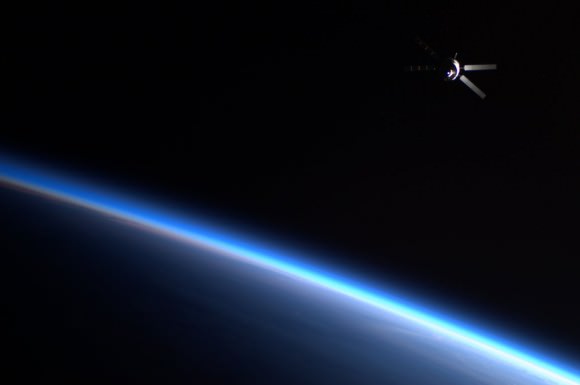
Real image or from a movie? The ATV-2 Johannes Kepler looks like an X-Wing fighter from Star Wars as it departed from the International Space Station.
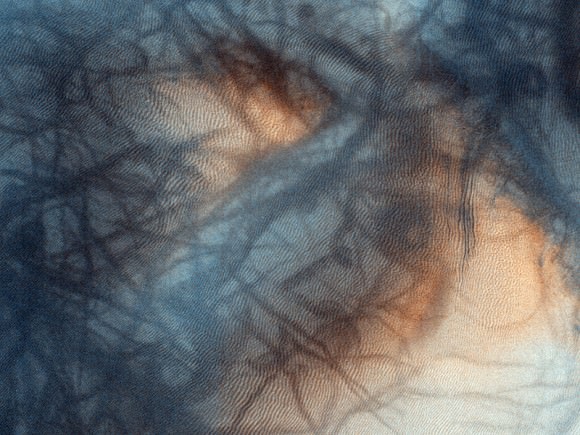
Incredible landscapes are specialties of the HiRISE camera on the Mars Reconnaissance Orbiter, and this observation shows dune gullies laced with beautiful swirls of tracks left by dust devils. Just like on Earth, dust devils move across the Martian surface and expose the underlying darker material, creating a striking view.
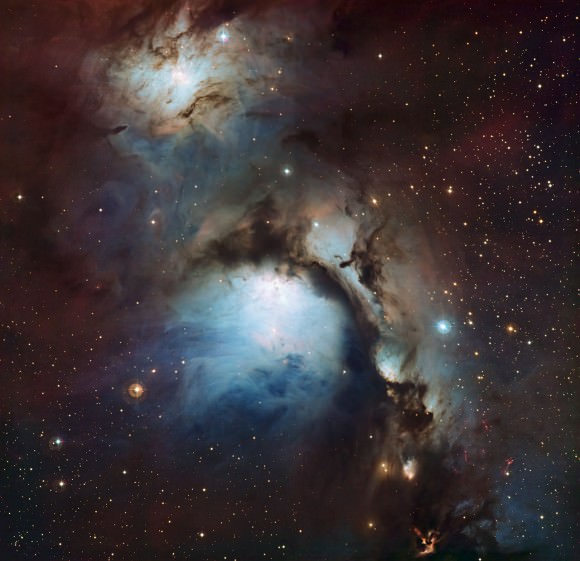
Here’s a “Hidden Treasure” from the European Southern Observatory, from the astrophotography competition where amateurs create images from unused ESO data. In this new image of Messier 78, brilliant starlight ricochets off dust particles in the nebula, illuminating it with scattered blue light and creating what is called a reflection nebula.

This series of images is just an example of the great work by award-winning French astrophotographer Thierry Legault. During shuttle Endeavour’s final mission, Legault traveled through Germany, France and Spain to find clear skies and good seeing to capture the shuttle’s voyage to the International Space Station. See more incredible images here.
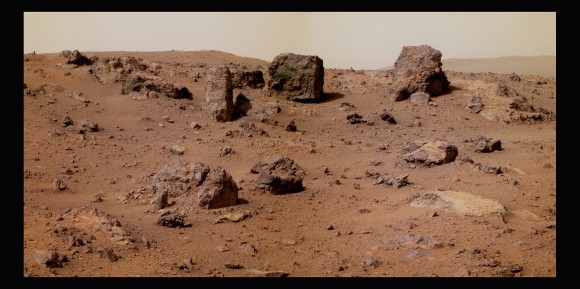
The Opportunity rover is now exploring Endeavour Crater and this color view of shows a stunning landscape on Mars. This view of a Red Planet “rock garden” is the colorized handiwork of Stu Atkinson, a member of Unmanned Spaceflight and author of the Road to Endeavour blog. This is actually an ejecta field of rocks thrown about after the impact that created this huge crater, and has been an exciting region for the MER scientists to explore.
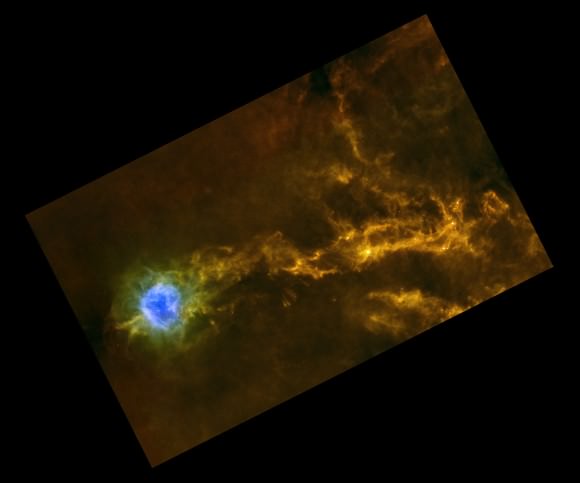
Its true there is no sound in empty interstellar space, but the Herschel space observatory has observed the cosmic equivalent of sonic booms. Filaments like this have been sighted before by other infrared satellites, but they have never been seen clearly enough to have their widths measure.
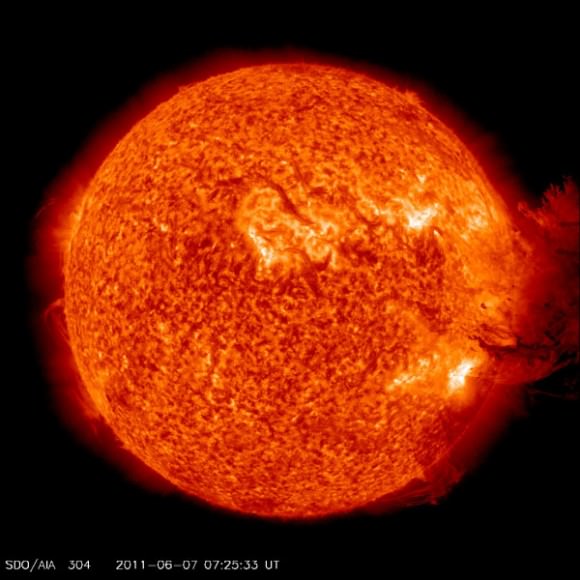
On June 7, 2011 an amazingly massive and spectacular event took place on the Sun: a huge prominence eruption, marked by a solar flare and release of energetic particles. It was an event that was heretofore unseen on the Sun, but the Solar Dynamics Observatory saw it all.
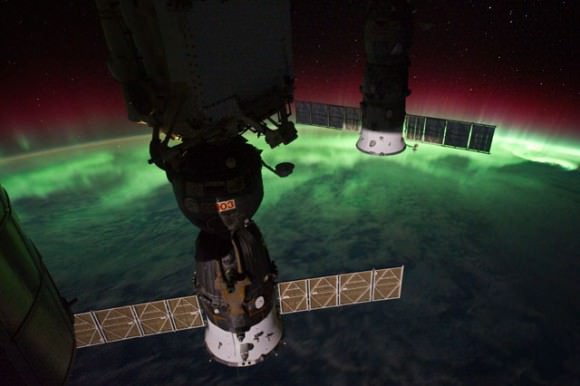
With the Sun’s activities ramping up, we saw more aurorae. What better place to see them than from the International Space Station? This view taken by astroanut Mike Fossum shows a stunning aurora, with two Russian vehicles docked to the station in the foreground.
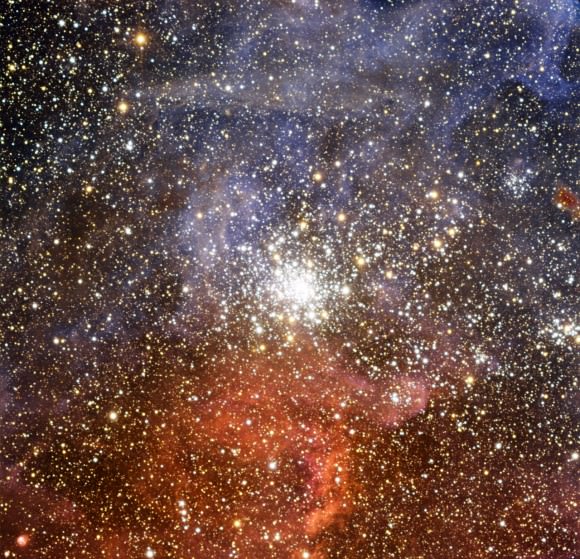
A brilliant cluster of stars in the Large Magellanic Cloud, open cluster NGC 2100 shines brightly, competing with the nearby Tarantula Nebula for bragging rights in this image from ESO’s New Technology Telescope (NTT).
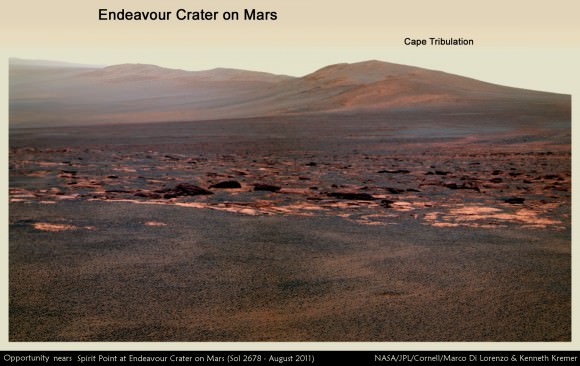
Universe Today’s Ken Kremer helped bring this stunning image of the hills around Endeavour Crater to light, as the Opportunity Rover headed towards the crater in August.
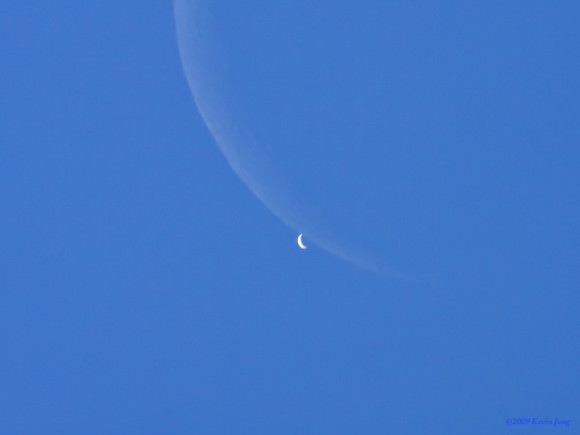
Another amateur astrophoto shows an occultation of Venus by the Moon, taken by Kevin Jung.
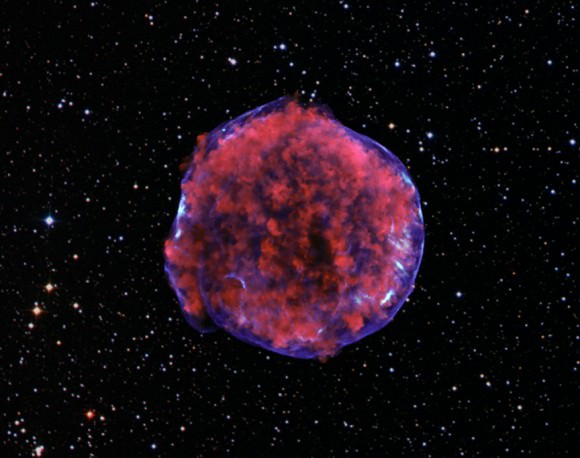
The Chandra X-Ray Observatory took a brand new, deep look inside the Tycho Supernova Remnant, providing a nearly three-dimensional view of the iconic space object.
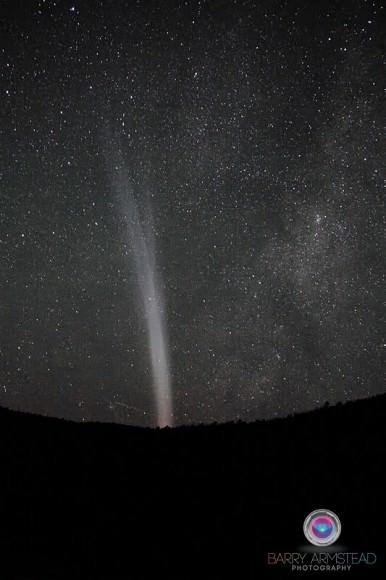
And just the past several days southern skywatchers have been treated to the beautiful sights of Comet Lovejoy — which was also seen from the International Space Station. Go take a look!
These are just a sampling of the great images we’ve seen in 2011. Here’s to more great views in 2012!

